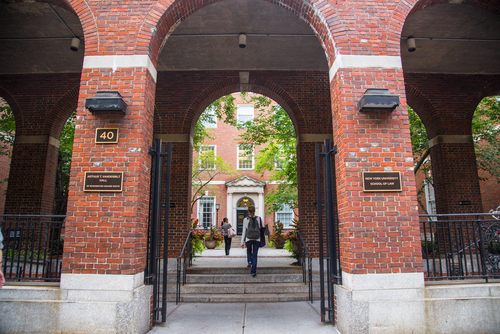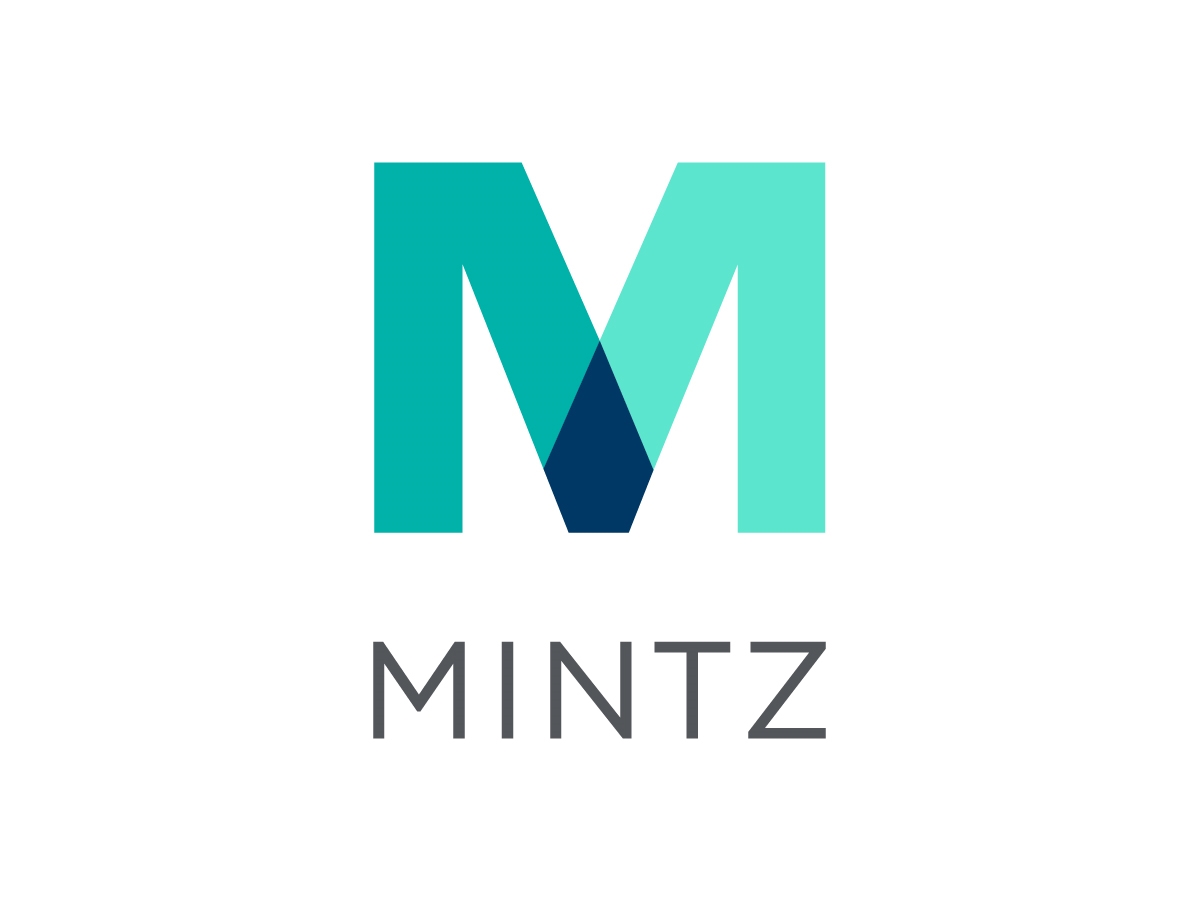New Rules Packages and What to Expect For the Second Half of 2024
“The final two rules packages (covering discretionary denial and terminal disclaimer practice) have generated significant negative responses and are probably unlikely to be implemented this year, if at all.”
The first half of 2024 was a busy time for rulemaking at the United States Patent and Trademark Office (USPTO), with five different notices of proposed rulemaking. While the first three proposed rules packages are relatively straightforward and uncontroversial, the last two propose highly contentious rules that are likely to generate significant opposition.
Practicing Before the PTAB
The first package, published on February 21, 2024, relates to admission to practice before the Patent Trial and Appeal Board (PTAB). It would allow non-registered practitioners admitted pro hac vice the ability to serve as lead counsel, permit parties to proceed without backup counsel in certain circumstances, and clarify that pro hac attorneys have a duty to update their pro hac applications to inform the Board of subsequent events. Comments on this proposed rules package closed on May 21, 2024.
Motions to Amend
The second , filed on March 4, 2024, would require the USPTO to provide preliminary guidance in response to a patent owner’s motion to amend, and provide patent owner with the ability to revise its motion to amend in response to the patent office’s guidance. It would also clarify the burden of proof and clarify that the Board can consider all evidence of record in a PTAB proceeding when responding to motions to amend. Comments on this proposed rules package closed on May 3, 2024.
Director Review
The third, published April 16, 2024, proposes rules governing Director Review of PTAB proceedings. The proposed rules are generally consistent with the current interim procedures, allowing for Director Review of institution decisions, final written decisions and panel decisions granting a request for rehearing. Comments close on June 17, 2024.
Discretionary Denial and PTAB Practice
The fourth, published April 19, 2024, proposes rules relating to discretionary denial issues. The proposal would define parallel petitions as two or more petitions challenging the same patent and filed before the patent owner preliminary response. A serial petition would be defined as a petition challenging overlapping claims of a patent that has already been challenged by the petition where the second petition is filed after the patent owner preliminary response. Interestingly, serial petitions would be defined based on the claims challenged, whereas parallel petitions would be defined based on the patent challenged.
This Notice of Proposed Rulemaking (NPRM)also proposes rules related to briefing on discretionary denial issues that would make all discretionary denial issues (e.g., Fintiv, General Plastics, Advanced Bionics) subject to a separate briefing process outside of the preliminary response. A month before the preliminary response is due, patent owner can file a 10-page brief addressing all discretionary denial issues. At the time the preliminary response is due, petitioner can file a 10-page opposition. Thereafter, patent owner can file a five- page sur-reply limited to discretionary denial. Absent Board authorization, patent owner would not be permitted to address discretionary denial issues in the patent owner preliminary response, except that the separate discretionary denial briefing could refer to the preliminary response to address merits issues.
Other additions in this proposed rules package would require filing of settlement agreements when proceedings settle pre-institution, adopting (for the most part) the General Plastics factors for analyzing serial petitions, and clarify that that prior citation of prior art in an IDS alone will not automatically satisfy the first prong of Advanced Bionics, which asks whether the same or substantially the same art was previously presented to the board. That is, the examiner must have “meaningfully address[ed]” the prior art during examination.
The comment period for this rules package closes on June 18, 2024. As of June 6, 2,264 comments have been received so far.
Terminal Disclaimers
Finally, on May 10, 2024, the USPTO unexpectedly published rules relating to additional new proposed requirements for terminal disclaimers. These proposed rules would require terminal disclaimers filed to obviate nonstatutory double patenting to include an agreement by the applicant or patentee that the patent and any children issuing therefrom “is not tied and has never been tied directly or indirectly to a patent by one or more terminal disclaimers filed to obviate nonstatutory double patenting in which: any claim has been finally held unpatentable or invalid as anticipated or obvious by a Federal court in a civil action or by the USPTO, and all appeal rights have been exhausted.” The effect of this proposed rule would be that all claims of any patents with terminal disclaimers would be unenforceable if the patent they terminally disclaimed against has any claim held unpatentable or invalid. Combined with the Federal Circuit’s recent In re Cellect opinion (In re: Cellect, LLC, 81 F.4th 1216 (Fed. Cir. 2023) (which expands nonstatutory double patenting to retroactively invalidate claims from earlier filed, later expiring patents with PTA based on similar claims in later filed, earlier expiring related patents), this package has the potential to eviscerate continuation practice and reshape patent prosecution strategies to avoid filing terminal disclaimers at all costs. The comment period for this rules package closes on July 9, 2024.
Proposed Fee Increases
In addition to the above rules packages, the USPTO has proposed significantly higher fees packages for fiscal year 2025. This fee package appears to be targeted at influencing patent prosecution practices. For example, any continuations filed more that 5 years after the earliest priority date in the family would incur a $2,200 surcharge, and continuations filed more than 8 years after the earliest priority date in the family would incur a $3,500 surcharge. Request for continued examination (RCE) fees will also incur higher fees for third and subsequent RCEs. Additional fees would also be charged for IDS and terminal disclaimers in certain instance, as well as modest increases in PTAB petition fees. The result would encourage smaller patent families and discourage delays in prosecution.
Pending Legislation
Beyond rules packages, there are several pieces of pending legislation that would significantly alter current USPTO practices. First, the PREVAIL Act, if passed, would institute myriad changes at the PTAB, including raising the burden of proof from a preponderance of the evidence to clear and convincing and requiring petitioners to essentially have declaratory judgment standing to institute an inter partes review (IPR).
Second, PERA would address 35 U.S.C. §101, abolishing all judicial exceptions to patent eligibility in favor of a more permissive statutory framework. If passed, the current Alice framework for evaluating patent eligibility would be eliminated.
What to Expect for the Second Half of 2024
With the 2024 elections coming up in November, expect most rulemaking activity to grind to a halt. Further significant rule packages are unlikely, and contentious proposals will struggle to progress. The PREVAIL and PERA bills are unlikely to pass; although there is a good chance similar packages will be introduced in the next congress. For the rules packages already being considered in published NPRMs, the packages covering pro hac vice applications, motions to amend, and Director Review are non-controversial and stand a good chance of being adopted. The final two rules packages (covering discretionary denial and terminal disclaimer practice) have generated significant negative responses and are probably unlikely to be implemented this year, if at all.
In addition to the rules packages mentioned above, practitioners can also expect USPTO practices to change in response to several recent Federal Circuit decisions. In re Cellect (currently pending cert to the Supreme Court) and several other district court decisions currently on appeal at the Federal Circuit have left the non-statutory double patenting doctrine in flux, threatening to weaponize it against patentees. The USPTO and practitioners will have to change existing practices to remain consistent with guidance from the Federal Circuit and/or Supreme Court. For design patents, the en banc Federal Circuit in LKQ Corp. v. GM Glob. Tech. Operations LLC, No. 2021-2348, 2024 WL 2280728 (Fed. Cir. May 21, 2024) recently abandoned the longstanding Rosen-Durling test for design patent obviousness in favor of the more flexible approach for utility patents laid out in KSR v Teleflex. Design patent applicants can expect uncertainty (and more obviousness rejections) when prosecuting design patents as courts and the USPTO outwrestle with how to implement KSR in the context of design patents.
Another case to watch is Apple Inc. v. Vidal (No. 20-CV-06128-EJD, 2024 WL 1382465, at *11 (N.D. Cal. Mar. 31, 2024)), currently on appeal to the Federal Circuit for the second time, this time on the issue of whether the Fintiv standard is a substantive rule that requires notice-and-comment rulemaking. The ultimate outcome of this case could gut Fintiv or spur future rulemaking with respect to the PTAB’s discretionary denial practices.
Image Source: Deposit Photos
Author: aquarius1983men
Image ID: 117152722






